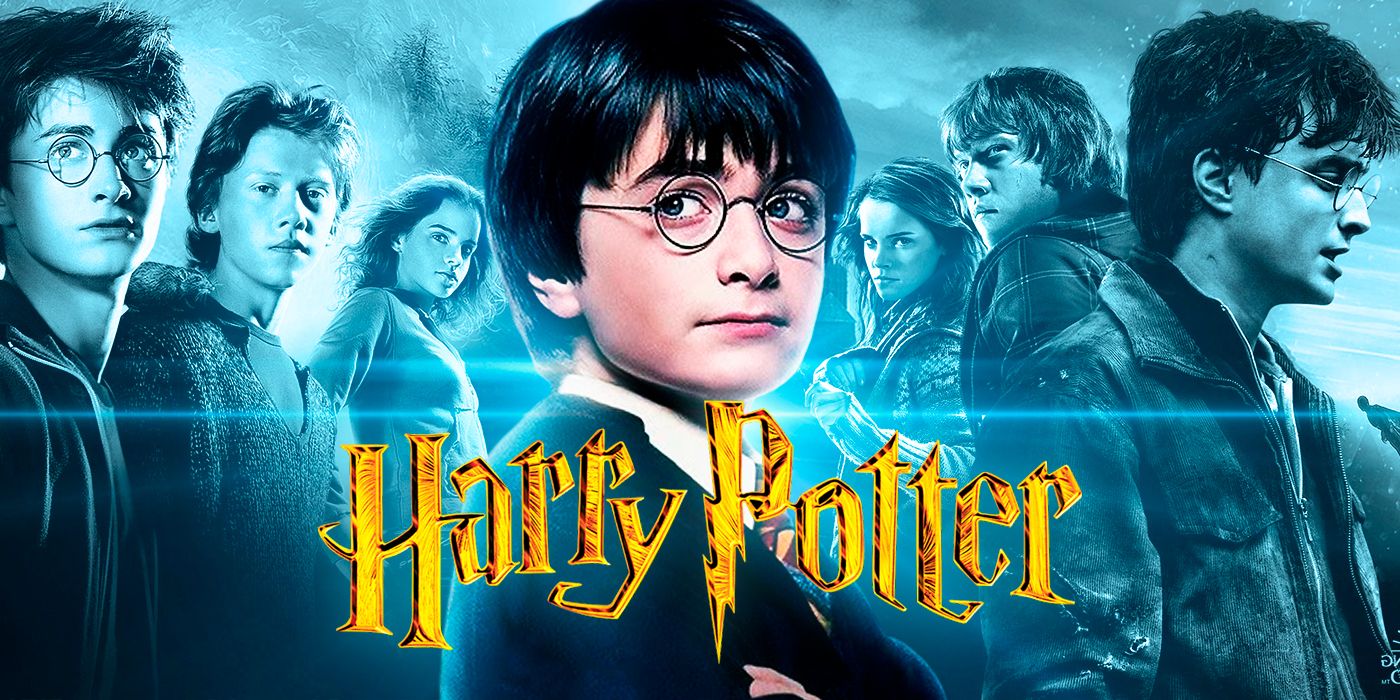


But the complete change of directorial pace from Columbus’ foundation to Cuarón’s film also threw some viewers a dissatisfying curveball. Many love the director’s inventive look and feel, as it renders The Prizoner of Azkaban an aesthetically unique entry in the franchise and distinguished it from Columbus’ work. Reception to Cuarón’s installment is polarized among Harry Potter fans. Cuarón has a unique visual style that effectively brought the story to life and captured the thematic changes of the story. The only installment helmed by director Alfonso Cuarón, the film marks the beginning of Harry Potter’s gradual descent into more mature themes. Harry Potter and the Prizoner of Azkaban (2004) marked the franchise’s first directorial change. (The US versions of the first two books are 309 and 331 pages, respectively, as opposed to the 650+ page novels from Goblet of Fire forward.) That may be true, but it’s arguable that this is simply because the first two books contain less material than later installments. Some consider Columbus’ Potter films to be the most loyal to their novelizations. Columbus’ role in helping define origins in the first two films was pivotal. Harry Potter as a franchise remained loyal in its casting from picture to picture, making very few alterations to its immense ensemble throughout the years. Columbus captures the excitement of the children, their insecurities and their humor, while helping to establish the visual space of Hogwarts and the characters audiences would follow throughout the future films. The first two Harry Potter pictures are light, fun, fantastic stories about children entering a magical and inexplicable world. This made him the perfect choice to introduce the franchise. Where he excells is working with untrained child actors and creating heartwarming family films with that untested talent. Columbus frequently finds box office success with his films, but he doesn’t have an incredibly distinct cinematic style to his work. Columbus is known for directing children’s movies and family films like Home Alone (1990) and Mrs. The first two films, Harry Potter and the Sorcerer’s Stone (2001) and The Chamber of Secrets (2002), were directed by Chris Columbus. The shift in directors over time also reflects the growing intensity of the material. As the stories press forward, what begins as a children’s story steeped in whimsy and fantasy evolves into a dark study of humanity, love, friendship, and malice.

Each brought his own pedigree to the films, and each director’s individual talents and trademark style contributed to the expanding Harry Potter universe. The original Harry Potter franchise spanned eight films, helmed by a total of four directors.


 0 kommentar(er)
0 kommentar(er)
